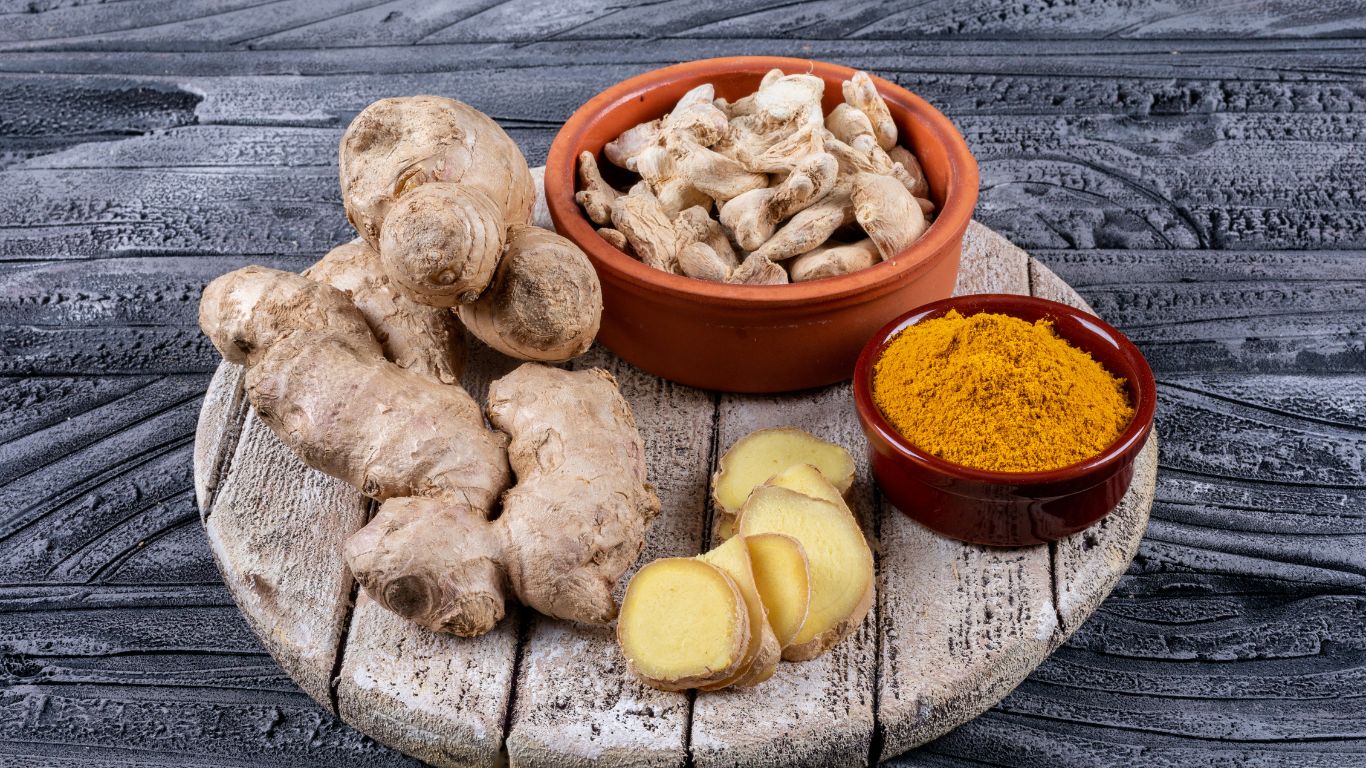22 Celsius to Fahrenheit: Learn the Simple Conversion

Converting temperatures between Celsius and Fahrenheit can feel confusing at first, but with the right formula and a bit of practice, it becomes second nature. Whether for school projects, travel planning, or cooking adventures, understanding how to convert 22 Celsius to Fahrenheit is incredibly useful. This article will walk you through the step-by-step process, introduce the formula, and share tips to make conversions a breeze.
The Importance of Knowing Celsius to Fahrenheit Conversions
Temperature scales differ across regions. While Celsius is used worldwide, Fahrenheit remains common in the United States and a few other countries. Situations often arise where you need to convert one scale to another, such as checking weather reports, understanding recipes, or interpreting scientific data. For example, knowing how warm 22 degrees Celsius is Fahrenheit can help travelers prepare appropriately for the weather.
What is 22 Celsius in Fahrenheit?
To convert 22 Celsius to Fahrenheit, the Fahrenheit equivalent is calculated as approximately 71.6°F. This mild temperature is often considered comfortable and ideal for outdoor activities.
Understanding the Celsius to Fahrenheit Formula
The standard formula for converting Celsius to Fahrenheit is as follows:
Fahrenheit (°F) = (Celsius (°C) × 9/5) + 32
This formula uses multiplication and addition to scale temperatures from Celsius into the Fahrenheit range, making it straightforward once practiced.
Breaking Down the Conversion Formula
The formula might seem intimidating initially, but breaking it into parts helps:
- Multiply the Celsius value by 9.
- Divide the result by 5.
- Add 32 to the result for the final Fahrenheit value.
For example, to convert 22 Celsius to Fahrenheit, follow these steps:
- Multiply 22 × 9 = 198.
- Divide 198 ÷ 5 = 39.6.
- Add 32: 39.6 + 32 = 71.6°F.
Why Add 32 to the Formula?
The addition of 32 is necessary because the Fahrenheit scale starts at a different zero point compared to Celsius. This adjustment accounts for the offset between the two scales and aligns the final temperature correctly.
Visualizing the Conversion Process
Imagine a thermometer with both scales side by side. The markings for 22°C and 71.6°F would align at the same level, illustrating the equivalence clearly. Thinking visually can reinforce the understanding of these conversions.
Tips for Quick Temperature Conversions
While the formula provides accurate results, memorizing approximate equivalents can speed up mental calculations. For instance:
- 0°C = 32°F
- 22°C = 71.6°F (mild weather)
- 30°C = 86°F (warm day)
For smaller differences, adjusting by increments of 1.8°F for each degree Celsius can offer quick estimates.
Practical Applications of Temperature Conversions
Temperature conversions are not just theoretical; they have practical applications in:
- Weather forecasts: International news may use different temperature scales.
- Cooking recipes: Global dishes often include oven settings in Celsius or Fahrenheit.
- Science experiments: Understanding precise measurements across scales is vital in labs.
22 Celsius to Fahrenheit in Real Life
If a city’s weather report states 22°C, translating this to 71.6°F helps visualize the warmth. This temperature, commonly experienced in spring or early summer, suggests lightweight clothing for comfort.
How Accurate are Conversion Calculators?
Online calculators and apps offer instant results for temperature conversions, including 22 Celsius to Fahrenheit. While they are accurate, manual calculations enhance understanding and prepare you for situations without technology.
Common Myths About Temperature Scales
There’s a belief that Celsius is always more accurate than Fahrenheit, but both scales measure temperature precisely when used correctly. Another myth is that Fahrenheit is outdated; however, it remains essential for cultural and practical reasons in some regions.
Challenges in Temperature Conversions
For beginners, common errors include misplacing numbers in the formula or skipping steps. Practicing with different examples and checking answers ensures confidence and accuracy.
Simplifying the Process for Everyday Use
To simplify the process:
- Remember the formula structure.
- Practice a few conversions to build confidence.
- Use online tools for verification until the method becomes second nature.
Celsius to Fahrenheit Conversion Chart
A quick reference chart can be invaluable for regular use:
| Celsius (°C) | Fahrenheit (°F) |
|---|---|
| 0 | 32 |
| 10 | 50 |
| 22 | 71.6 |
| 30 | 86 |
| 40 | 104 |
22 Celsius to Fahrenheit for Cooking
Cooking often requires precise temperature control. If an oven recipe states 22°C, converting to 71.6°F ensures accuracy, particularly when baking or slow-cooking.
Scientific Use of 22 Celsius to Fahrenheit
In science, maintaining precise temperatures is critical. Labs often require conversions like 22°C to Fahrenheit for consistency in experiments or international collaboration.
Why Learn the Manual Conversion Method?
Relying solely on calculators limits flexibility. Understanding the manual method empowers you to convert temperatures independently, fostering a deeper grasp of mathematical relationships.
FAQs
What is the Fahrenheit value for 22 Celsius?
22 degrees Celsius is equivalent to approximately 71.6 degrees Fahrenheit.
Why is the conversion formula necessary?
The formula aligns two distinct scales by scaling and offsetting values for accurate temperature representation.
Can 22 Celsius to Fahrenheit be calculated mentally?
Yes, approximate values can be calculated using rounded steps, though precise results require the formula.
What tools can help with conversions?
Online calculators, apps, and reference charts simplify the process and ensure accuracy.
Is Celsius or Fahrenheit more commonly used?
Celsius dominates globally, while Fahrenheit is standard in the United States and a few other regions.
How does temperature affect daily life?
Temperature influences clothing choices, cooking settings, and health considerations, making conversions practical for everyday needs.










